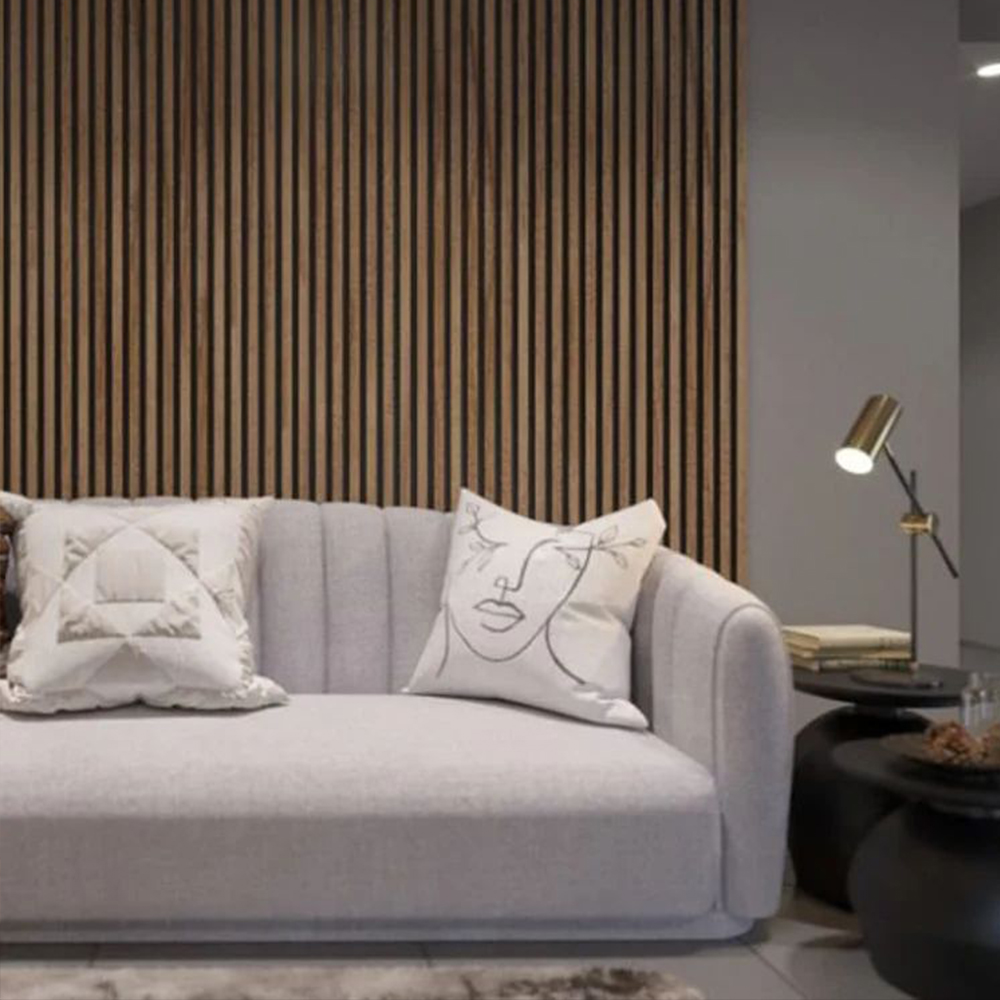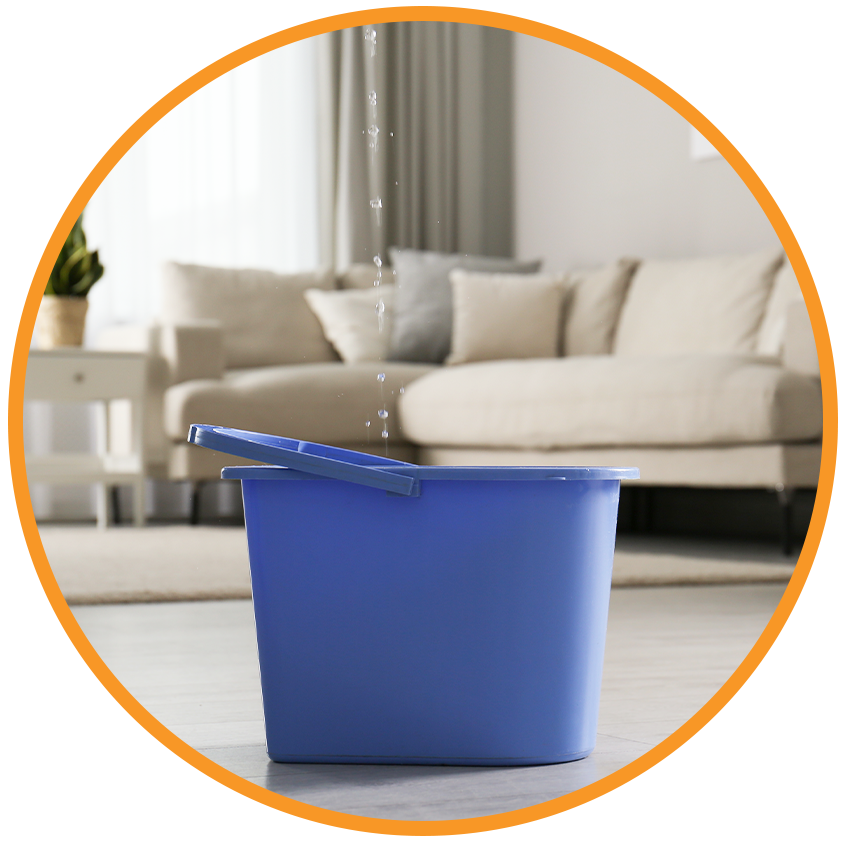
Transform Your Space with Vertical Wood Panels: A Timeless Design Choice
Why Vertical Wood Panels Are a Game-Changer for Interior Design
Homeowners and interior designers alike have flocked to vertical wood panels as a go-to for making rooms seem more welcoming, attractive, and comfortable. They combine form and function in perfect harmony, visually lengthening walls and giving the impression of depth. These panels provide an elegant, natural touch to any space, whether it’s contemporary, rustic, or industrial. Installing “
“ is an easy way to transform a plain wall into a design statement.
The Versatility of Vertical Wood Panels
One of the most appealing reasons to use vertical wood panels in your house is their versatility. These panels compliment a broad range of design styles and may be utilized in a variety of applications. The use of “
“ can instantly add warmth and sophistication to any space.
Where to Use Vertical Wood Panels
- Living Rooms – Create a focal point by installing panels on a feature wall.
- Bedrooms – Enhance coziness by adding wooden slats behind your bed frame.
- Home Offices – Improve acoustics while giving your workspace a refined look.
- Entryways – Impress guests with a welcoming wooden accent wall.
- Bathrooms – Introduce a spa-like atmosphere with moisture-resistant wood panels.
Material Options for Vertical Wood Panels
Different types of wood can be used to achieve unique looks and durability:
- Solid Wood: Offers a natural and rich texture but requires maintenance.
- Engineered Wood: A cost-effective alternative with enhanced stability.
- Reclaimed Wood: Ideal for a rustic or eco-friendly aesthetic.
- Plywood: A budget-friendly option that can be painted or stained.
Practical Benefits Beyond Beauty
Aside from their outstanding visual appeal, vertical wood panels have utilitarian benefits that make them an excellent choice for any house or workplace. Many luxury homes incorporate “
“ to achieve a high-end, polished finish.
Improved Acoustics
Wood has natural sound-absorbing properties that help reduce echo and enhance the overall acoustics of a space. This is especially beneficial for:
- Home theaters
- Open-concept living areas
- Workspaces where sound clarity is crucial
Increased Durability
Wood panels are intended to be durable and resistant to wear. High-quality wood alternatives are durable and suitable for high-traffic locations.=
Better Insulation
Wood is a natural insulator, keeping areas warm in the winter and cool in the summer. This may result in energy savings over time.
Creative Design Ideas with Vertical Wood Panels
Want to make a statement? Here are some creative ways to incorporate vertical wood panels into your space:
Mixing Wood with Other Materials
For a contemporary look, pair vertical wood panels with materials like:
- Glass: Enhances natural lighting and creates an airy feel.
- Concrete: Adds an industrial edge.
- Metal Accents: Introduces a sleek, modern touch.
- Textile Elements: Softens the look with curtains or upholstered furniture.
Playing with Colors and Finishes
Wood panels don’t have to be limited to natural brown tones. Consider:
- Whitewashed wood for a coastal vibe.
- Dark-stained panels for a luxurious touch.
- Painted wood in bold hues for a creative flair.
How to Maintain Vertical Wood Panels
Keeping your wood panels in pristine condition is easy with regular care. Here are some quick tips:
- Dust Weekly: Use a soft cloth or a microfiber duster.
- Avoid Excess Moisture: Wipe spills immediately to prevent water damage.
- Use Wood-Friendly Cleaners: Avoid harsh chemicals that can strip the finish.
- Polish Occasionally: Use a wood conditioner to maintain its luster.
Frequently Asked Questions (FAQ)
Are Vertical Wood Panels Suitable for Small Rooms?
Yes! Vertical panels create the illusion of height, making small rooms feel more spacious.
Can I Install Vertical Wood Panels Myself?
Many wood panel systems provide DIY installation alternatives, but hiring a professional assures a perfect finish.
Do Wood Panels Work in High-Humidity Areas Like Bathrooms?
Yes, as long as you choose moisture-resistant wood like teak or engineered options with protective coatings.
How Do Vertical Wood Panels Compare to Wallpaper?
While wallpaper gives a variety of designs, wood panels add texture, depth, and longevity that wallpaper cannot match.
Are Vertical Wood Panels Expensive?
Prices vary by material, however engineered and plywood choices are less expensive than solid wood.
Conclusion: Elevate Your Space with Vertical Wood Panels
Vertical wood panels are more than a style fad; they are a timeless option that adds warmth, beauty, and practicality to any room. Whether you want to create a dramatic statement or discreetly improve your decor, these panels are a flexible and attractive option. Vertical wood panels, with the correct materials, care, and design approach, may convert your home or workplace into a visually appealing and warm oasis.
